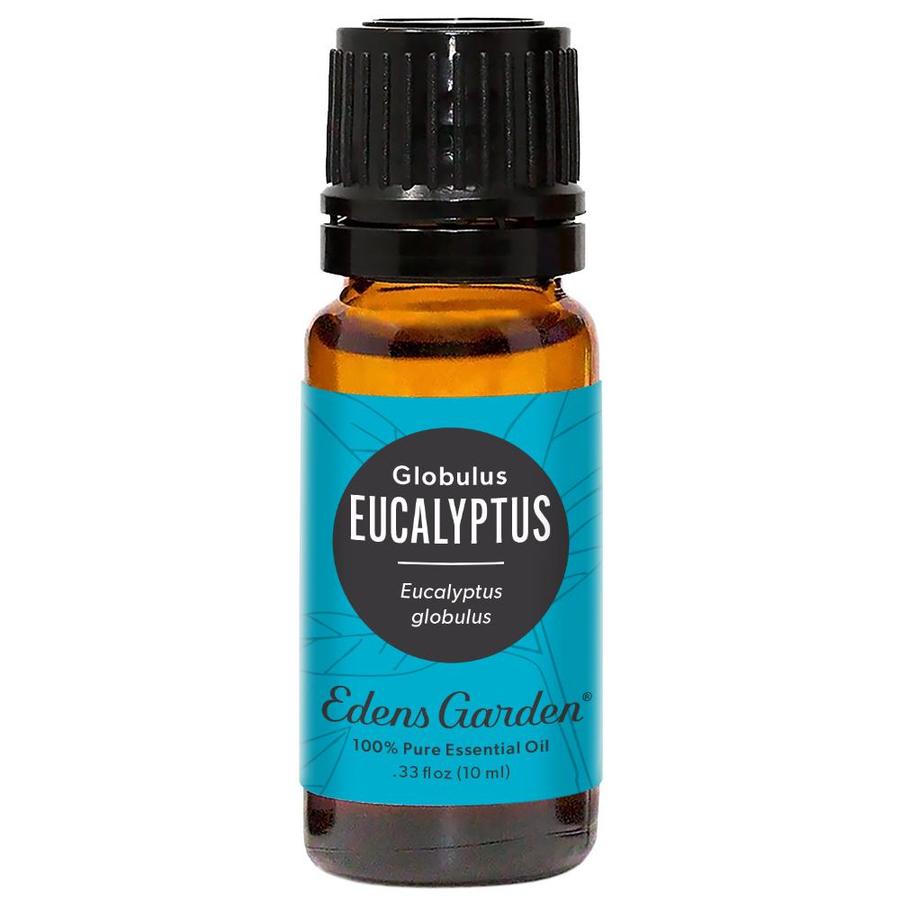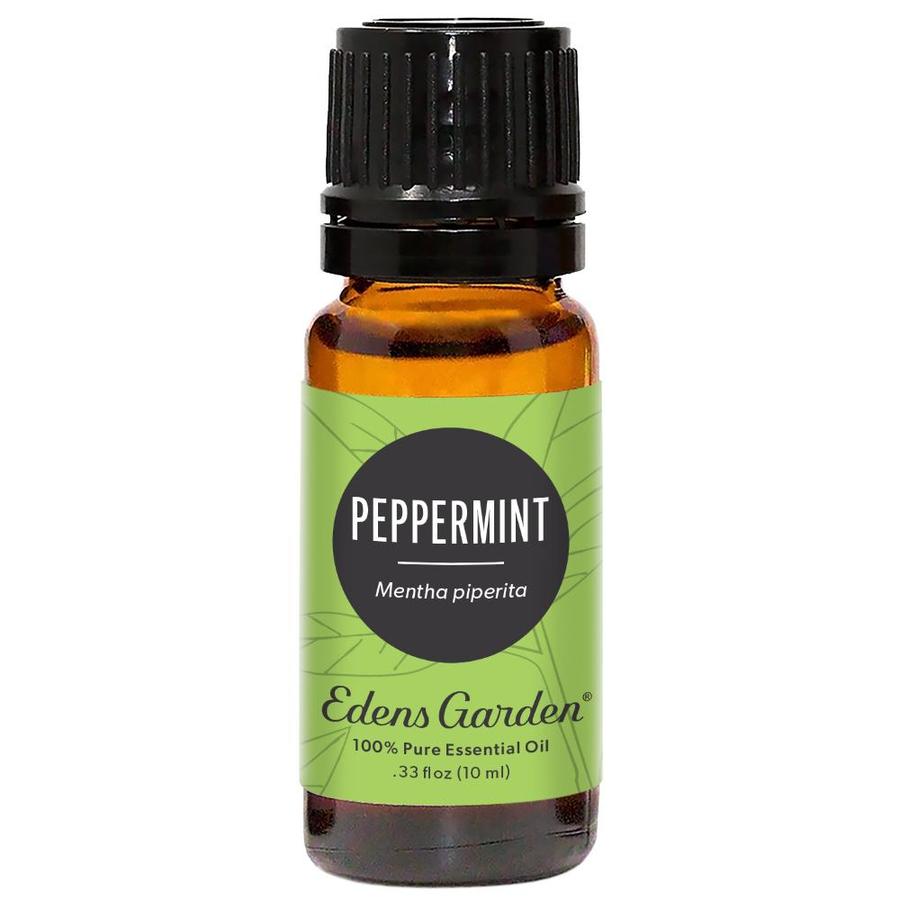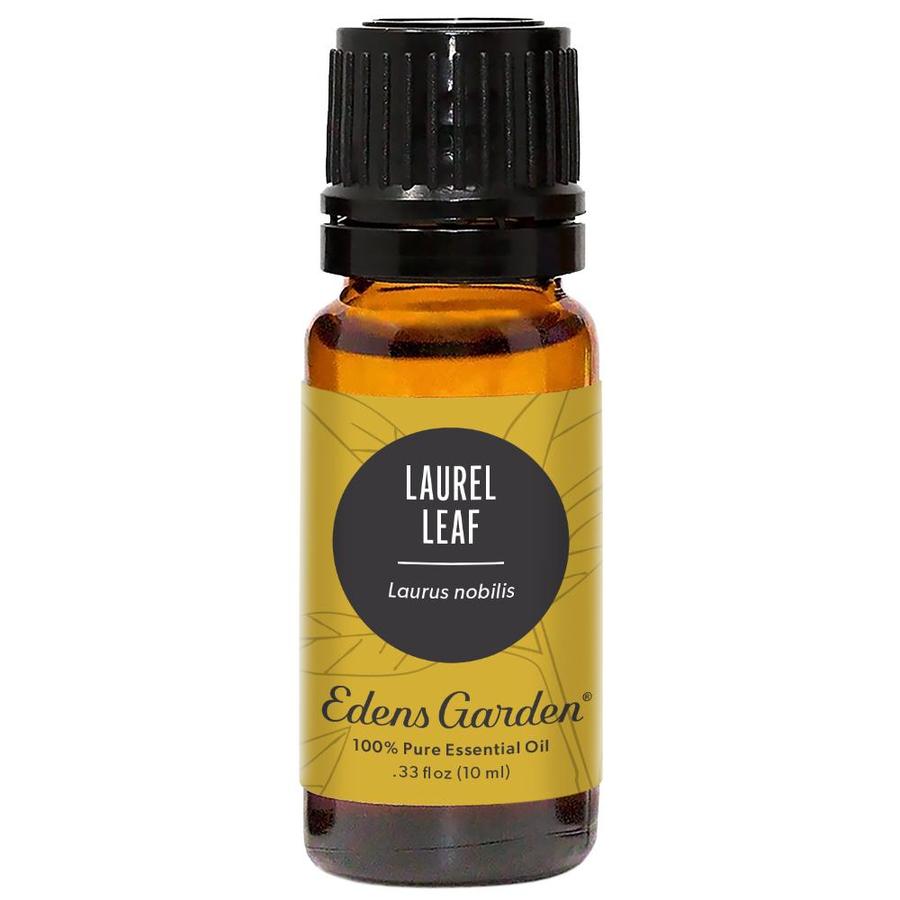How Can I Safely Use Essential Oils If I Have COPD?

Today, an estimated 16 million Americans live with Chronic Obstructive Pulmonary Disease, also known as COPD. And like many who are naturally minded, those with COPD may wonder if they can safely use aromatherapy and if essential oils can help them manage their symptoms alongside traditional treatments.
In this guide, we answer these questions and discuss what you need to know about COPD and aromatherapy. Keep reading to learn more.
What Is COPD?
COPD refers to lung conditions in which airflow is obstructed and breathing is difficult. Two primary conditions associated with COPD are emphysema and chronic bronchitis.
Emphysema is a disease that causes delicate tissues and fibers of the alveoli (tiny air sacs found in the lungs) to break down. Small airways collapse when you exhale which makes breathing difficult as a result.
Chronic bronchitis is constant inflammation of the bronchi or breathing tubes. If other lung diseases have been ruled out, doctors may diagnose you with chronic bronchitis if you have a frequent cough and mucus for three months in a year or for two years in a row.
COPD is often caused by frequent exposure to harmful chemicals such as cigarette smoke and other pollutants and toxins. Common symptoms include:
-
Difficulty breathing
-
Wheezing
-
Chronic cough with mucus
-
Tightness in chest
-
Fatigue
-
Respiratory tract infection
-
Swollen legs and feet
-
Weight loss
If you have not been diagnosed with COPD but are experiencing these symptoms, we suggest consulting with your doctor.
Luckily, COPD is rarely hereditary and in most cases preventable. Key measures one can take to prevent developing COPD include avoiding frequent chemical exposure, dust and toxic fumes such as cigarette smoke.
Now you may be wondering, should essential oils be avoided too?
How Can I Safely Use Essential Oils If I Have COPD?
The biggest safety concern when it comes to using aromatherapy with a respiratory-related disease is that essential oils may make breathing more difficult. And while we can guide you on how best to avoid adverse reactions when using pure essential oil, we can’t make guarantees. For this reason, we suggest consulting with an aromatherapist and your doctor to create an individualized plan that meets your needs.
With that said, here are our top tips for using essential oils safely with COPD.
Ventilation Is Key
Diffusing essential oils in a room with open windows, an open door, or where air can freely flow throughout is recommended for those with COPD. This allows you to still inhale fresh oxygen while enjoying your favorite oils.
Avoid Triggering Aromas
With your doctor’s assistance, learn which aromas trigger your symptoms of COPD (if any) and avoid them.
Check Medication Contraindications
Certain essential oils may contraindicate your medication. Check with your pharmacist or browse our blog on essential oils that may interact with medications here.
Use A Passive Diffuser
Active diffusers are only recommended to be used between 30- 60 minutes at a time to achieve maximum essential oil benefits and prevent adverse reactions from occurring. For those with respiratory problems, we would suggest 30 minutes of active diffusion or using a passive diffuser for continuous, gentle diffusion.
Monitor Your Oxygen Levels
One way to discover if essential oils are helping or hurting your COPD? Monitor your oxygen levels before, during and after using essential oils for data on how essential oils affect your COPD.
Don’t Add Oils To Your CPAP
Essential oils can eat away at plastics (which most CPAPs are made of) which can destroy your device. Furthermore, inhaling essential oils continuously through a CPAP is a very intense, prolonged method of inhalation which is generally not recommended for anyone as it can lead to overexposure.
How To Use Essential Oils For COPD
Now that you know how to safely use essential oils with COPD, you may be wondering how to use essential oils for COPD symptoms.
Try diffusing 1-3 of the following oils (unless it’s a blend) for 15-30 minutes in an active diffuser or continuously using a passive diffuser. You may also add 10 drops of total essential oil to a personal pocket inhaler.
We also suggest consulting with your doctor before using essential oils if you have COPD.
Eucalyptus
Eucalyptus oil is rich in a compound called 1,8-cineole that can clear respiratory inflammation. Less airway inflammation means less congestion and tightness and more open airways. There’s no wonder why Eucalyptus is such a popular additive to chest rubs, cough drops and other remedies.
Rosemary
Also rich in 1,8-cineole, Rosemary supports Eucalyptus' lung-clearing effects while bringing unique herbaceous notes.
Lemon
One of the most versatile oils, Lemon essential oil is great for everything from household cleaning to combating uneven skin tone and cold symptoms. Lemon oil is an expectorant—it can thin mucus in the respiratory tract while boosting the immune system.
Laurel Leaf
High in 1, 8-cineole, Laurel Leaf, helps open up any chest tightness and fight symptoms of allergies. It is known to help break up congestion and its green, earthy aroma brings an extra note of grounding to this oil’s bouquet.
Tea Tree
Antiviral, antibacterial and antifungal, Tea Tree oil is one of our go-to essential oils for cold and flu season. This oil may aid congestion at the root.
Peppermint
Menthol is another anti-inflammatory compound. It’s especially effective at clearing nasal congestion, which can help you inhale more oxygen. Besides that, Peppermint oil is known for its invigorating and cooling properties.
Exhale
Exhale combines many of these essential oils in unique proportions to create a bright yet relaxing aroma that makes it one of the best essential oils to help breathing.
Deep Breath
Brimming with Eucalyptus and Tea Tree, this diffuser blend can help clear nasal passages and provide your respiratory system some relief during the times you need it the most. Minty and refreshing, this herbaceous blend can also help open your airways and relieve inflammation so that you feel more at ease.
Breathe Easier
One of our most popular essential oil blends, Breathe Easier has a cooling and warming effect that can help clear congestion. It’s one of our favorite essential oils for breathing better.
Sources:
-
Learn About COPD. https://www.lung.org/lung-health-diseases/lung-disease-lookup/copd/learn-about-copd
-
Treating Symptoms of Chronic Obstructive Pulmonary Disease with Essential Oils. https://www.healthline.com/health/essential-oils-for-copd
-
COPD. https://www.mayoclinic.org/diseases-conditions/copd/symptoms-causes/syc-20353679
-
Chronic Bronchitis. https://www.hopkinsmedicine.org/health/conditions-and-diseases/chronic-bronchitis















Nancy
August 26, 2021 at 8:13 am
Thankyou!